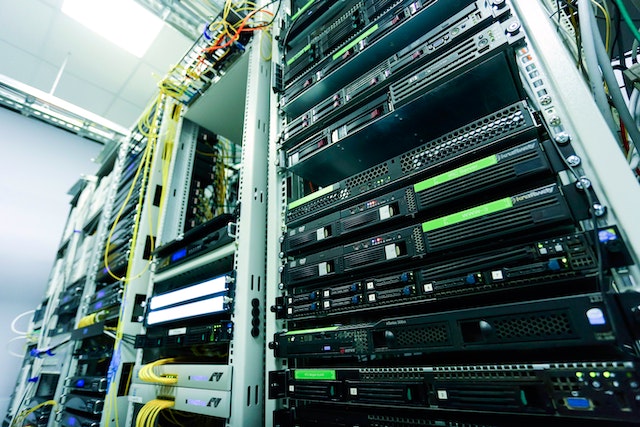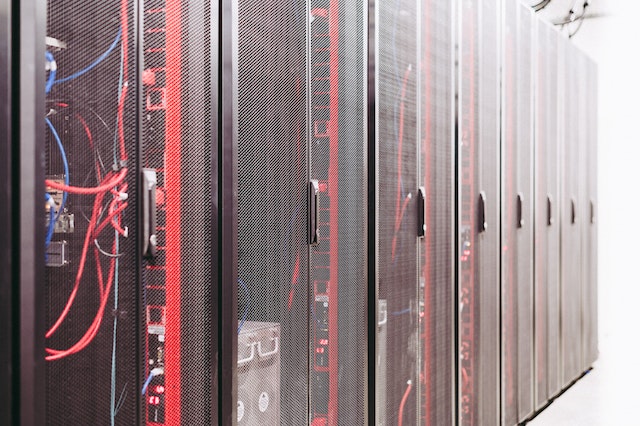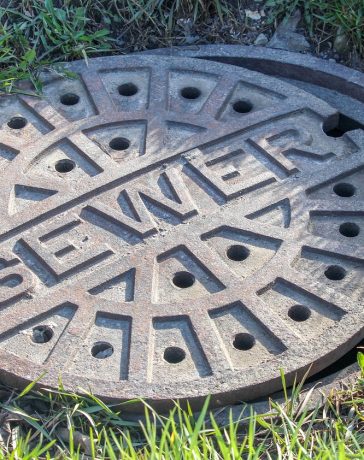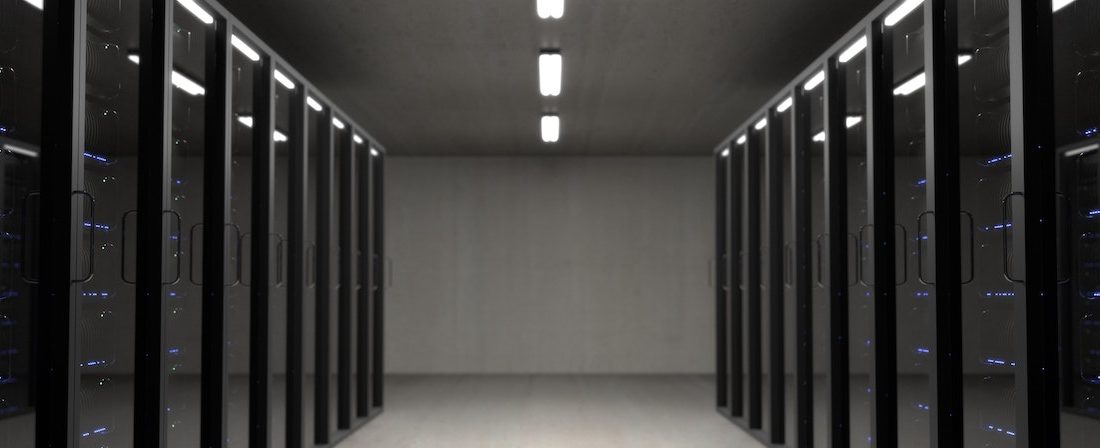Safekeeping is critical wherever your data is stored. For instance, data centers have become the industry standard for many industries and are becoming more popular. This industry has been growing for the past decade and has exploded since the financial crisis in 2008. But what should you know before you invest in a data center? This article will provide you with some important information.
Energy Efficiency
Energy efficiency in data centers is a key focus area for businesses looking to lower operating costs. Data centers can use various energy-efficient cooling methods to help reduce overall power consumption. These methods include hot-aisle containment, indirect evaporative cooling, and environmental economizers. Using energy-efficient cooling methods can reduce overall power consumption by up to 20%.
In North America, for example, 40 percent of data center cooling comes from outside. For this reason, incorporating air economizers into the data center power system can improve energy efficiency. Also, switching to variable-speed motors in air conditioning systems can help reduce power consumption. UPS and power distribution units are also key to energy efficiency in data centers.

Water Usage
It is important to track water usage in data centers, as this will enable you to optimize your resources and reduce costs. Data centers consume between three and five million gallons of water daily, but many operators do not report their water usage. However, there is good news: Microsoft has taken the lead on this issue by announcing a commitment to cut water consumption by 95 percent by 2024. The company is also aiming to improve its power usage.
Water usage in data centers is becoming increasingly important because of the ever-increasing digital data demands. The rise of data centers has also meant increased demand for power. These data centers must regulate their energy consumption, which means they must have effective cooling solutions. Because water is abundant and cheap compared to electricity, data centers often use water for cooling.
Modular Buildouts
Modular data centers offer several benefits to companies looking to expand their facilities. They can be erected quickly and with zero downtime and easily scale up or down as needed. This allows businesses to save on finance costs and turnaround times and reduce material waste and maintenance costs. Modular data center construction is also an environmentally friendly option for businesses.
Modular data centers allow companies to expand their networks and meet ever-changing requirements. They can also be built quickly and easily and even moved to a new location if needed. Another benefit of modular data centers is that they can be taken apart and rebuilt whenever needed.
Cost Of Operation
The cost of operating a data center varies greatly based on the size of the center and its features. However, data centers can cost $10 million or more per year to run, and these costs typically cover the ongoing maintenance of supporting infrastructure and applications. Other costs include property taxes and labor expenses. In addition, a robust DC should have redundant systems like uninterrupted power supplies (UPS) and direct current batteries.
Data center construction and maintenance costs vary widely depending on location, labor, and geography. Electrical power for a large enterprise data center can cost upwards of $280 per gross square foot. Data center equipment, such as servers and storage units, must meet specific service standards. A client monitoring system is also essential. The cost of energy power varies widely and can reach multiple megawatts. Datacenter utilities should be included in the costs.

Workloads
When selecting a hosting solution, a business should consider its workload. Workloads refer to the amount of data and applications that are being processed. The workload size will determine where it should reside and what type of infrastructure it requires. Whether a workload should reside in a data center or the public cloud depends on several factors, including the type of business and its application requirements. Certain servers or storage solutions will be better suited to certain workloads than others, so it is important to assess these factors before choosing a hosting solution.
In traditional deployment models, workloads are deployed in enterprise data centers, including all the infrastructure needed for running workloads. The business owns the facility and the computing resources within it, and it is responsible for provisioning, optimizing, and maintaining these resources.


































